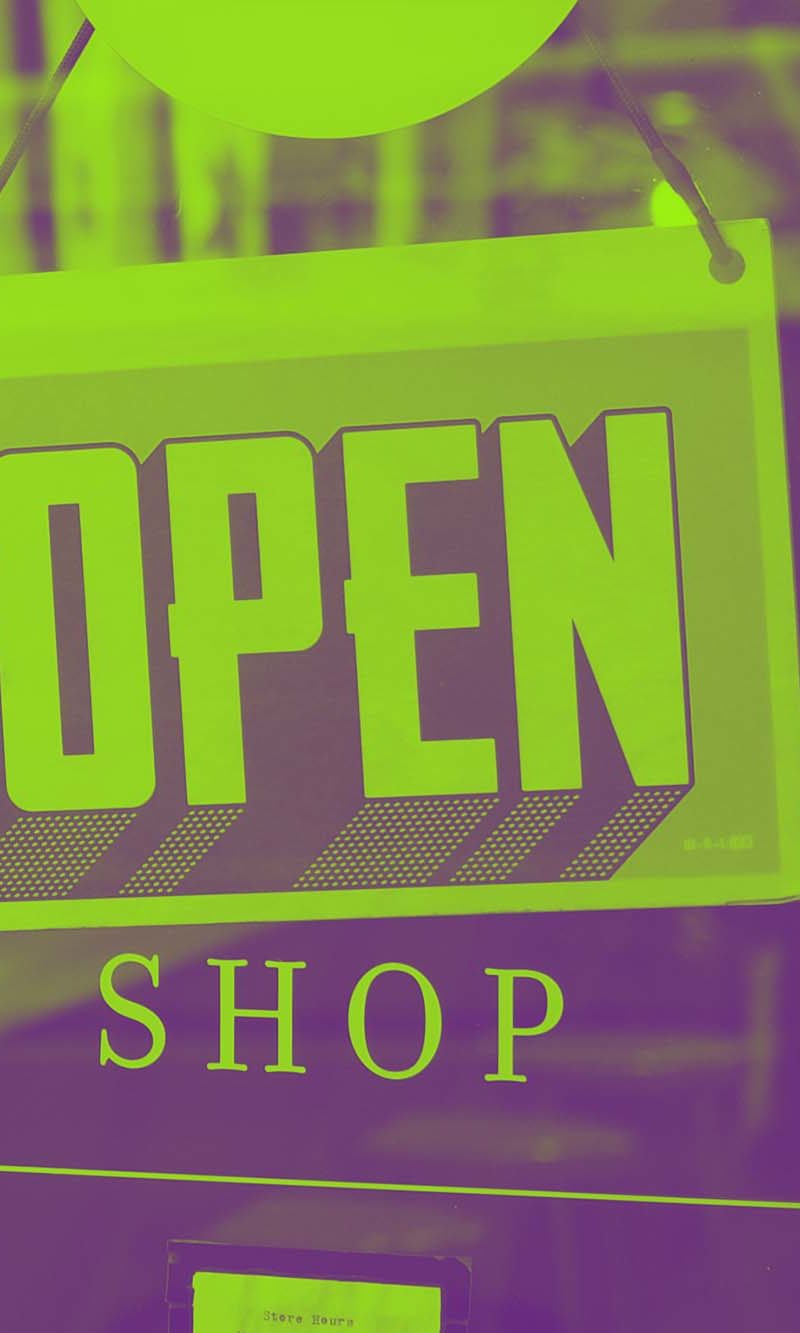First of all, for the uninitiated (which we suspect is quite a large proportion of our readers!), let’s explain what we mean by UI and UX. Nothing complicated about the concepts – but there is a tendency even among the ‘cognoscenti’ to confuse User Interface (UI) with User Experience Design (UX). That confusion is understandable because they both relate to the way we interact with our websites and mobile apps – and because they’re both crucial to retaining the interest of your users.
And, in an uber-competitive world where there’s almost always another site or another app fulfilling a similar function it doesn’t take much to divert someone and send them into the arms of your competitors.
Arguably the greatest thing about UI/UX design is that it focuses the mind of everyone in your team on what your clients/customers want and need.
So, what do we mean by UI (User Interface)?
Well at the most fundamental level UI is all about the look of your site or app and, superficial as that might seem, it’s extremely important. After all it’s often the appearance of a site or an app that gets people interested – and, conversely, if yours is unattractive, inappropriate for your target users or even just dull-looking or dated you’ll lose people before they’ve even got as far as experiencing what you can offer.
Which brings us neatly to…
What exactly do we mean by UX (User Experience)?
Broadly speaking UX is what its title suggests – it’s everything to do with the user’s experience of using your app or website. And by extension, UX design describes the range of disciplines involved in optimising that experience. It’s a way of keeping the customer firmly in mind throughout development – from the earliest information architecture, interaction design, wireframe and visual design stages to the creation of a structure that ensures a natural and comfortable user.
It’s probably because the two are so often lumped together – as in the expression UI/UX design – that they’re also very often confused or used (wrongly) as interchangeable. That said, there’s nothing wrong with the concept of combined UI/UX design – quite the opposite: it has a vital role to play in increasing traffic, sales and, ultimately, business growth. So in fact these are two of the most powerful weapons in your marketing armoury – and they’re not only your best shot at making a great first impression that really lasts, they can also be the making (or, if incorrectly handled, breaking) of a new business’s brand.
A boost to your brand, ROI and business growth
That’s simply because, whether it’s a website or an app, attractive, compelling content and trouble-free, enjoyable navigation make for a sense of customer satisfaction, which in turn inspires brand loyalty… And because loyal customers keep coming back for more, it’s clear that proper understanding and implementation of UI and UX design can actually improve your ROI and spur business growth.
Love is blind…
Finally – arguably the greatest thing about UI/UX design – is that it focuses the mind of everyone in your team on what your clients/customers want and need. It’s all too easy to ‘fall in love’ with your lovely brand and its personality and to adore the elegance of your visual design work and become blind to what users of your site or app are actually hoping to get out of it. The UI/UX design process introduces the required discipline to understand your customers, segment them according to very specific needs and desires and to turn as many as possible into active, loyal and frequently returning ones.
To sum up, obviously there’s far more to UI/UX design that there’s room for here – but we hope this serves as a ‘taster’ because it really is hard to overstate its importance. If you want to see how the journey starts for the UI/UX design check out our design process to learn more or alternatively you can get in touch with us.



